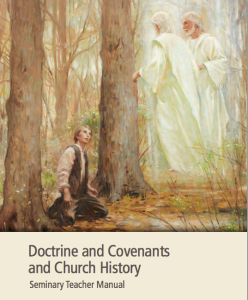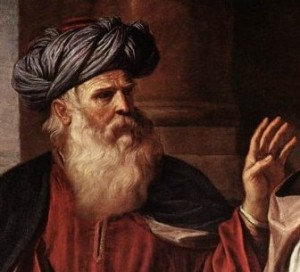Conference registration is ending on July 26! We recently had some fun with another list, here are seven amazing (and this time, completely serious) reasons to attend or stream our conference:
1. Celebrate the 20th anniversary of the FairMormon Conference.
Yes, 20 years! Can you believe it? This is going to be a landmark conference.
2. This year we will have our first EVER full day devoted to women in the church.
This special day is in addition to our regular two day conference (making the complete conference three days long) and is in conjunction with the Church History Department. All are welcome, but the topics will focus on women’s topics and issues.
3. Attending & streaming supports FairMormon – it’s a chance to give back to the volunteers.
FairMormon needs your help to survive. Without your support, we will cease to exist. Attending (or streaming) the conference is one of the best ways to give back. And in return, you get to hear some amazing speakers, meet new people, and build your testimony. A win-win for all.
4. Over 20 sought-after speakers. Exactly as many intriguing topics.
Speaking of speakers, our lineup this year is stunning. We will hear from some well known personalities (such as Brad Wilcox, Steven Harper, and Dan Peterson), among others. You will learn about LDS women in India, and members in the Democratic Republic of the Congo, the Book of Abraham, horses in the Book of Mormon, dealing with barriers to belief, same sex attraction, and the new Mormon history. It a year not to be missed!
5. Stream your favorite talks for an entire year.
If you can’t attend in person, we offer a streaming option. Watch the conference from the comfort of your home. For those who are too busy on the days of the conference to watch, purchasing streaming will allow you to watch the talks at any time after the conference for up to a year. In other words, you can enjoy conference no matter your circumstance.
6. Check out new titles and old favorites in the onsite Bookstore.
For those who attend, you’ll get to enjoy pursuing our the many many titles in our bookstore and take home some awesome reading to help you continue your learning and growth in gospel scholarship and apologetics.
7. A generous donor is offering to double donations now and through the conference.
This is something you can take advantage of whether you attend or not, but starting now, for every $1 you donate to FairMormon, an incredibly generous donor will donate $2 up to $7,000. After that, your donation will be matched dollar for dollar up to $50,000! This is a critical time for us, and your donation and conference attendance will go a long way is securing FairMormon’s future.
So, we hope to see you there, either in person or over the internet! Feel free to reply if you have any questions.
P.S. There is a special discount for seminary and institute teachers. Please ask your Seminaries and Institute supervisor about the discount or send us an email.
Purchase Tickets Now:
Purchase Tickets for All Three Days
Purchase Tickets for Thursday & Friday Only
Purchase Live Streaming
See More Ticket Options





